10 hardy annuals for your zone 5 cutting garden
Hardy snapdragons and sorrel leaves added a beautiful accent in my 2021 cutting garden.
I used to lament about the short growing season we have in Chicago. With the last frost on April 28 and the first around November 8, it’s just five and a half months to enjoy our annual cutting gardens. But that was before I learned that we can “extend” the season with a little bit of planning and the right type of annuals.
If you’ve never grown annuals from seed before, I recommend starting with 2-3 types to see what works best for you. Also, check out my recommendations for equipment - at the very least, you will need a grow light because many seeds need 16 hrs of strong light to germinate.
The following flowers face our cold spring like champs and will reward you with early blooms. The best time window to start the seeds is late January through mid-February, depending on the variety. They will need about 4-5 weeks until they’re ready to be transplanted outside, around mid-March.
Don’t be deterred by snow on the ground when it’s time to transplant them! As long as you prep the planting area (see some tips at the end of this post), they will most likely take root and thrive. After all, it’s what they’re born to do.
Ok, let’s dig in!
Bachelor’s button (aka cornflower)
Best varieties for cutting: Blue Boy
Light requirement: Full sun
Best sowing method: Outdoor, direct
Light for germination: No; cover the seeds with soil
Heat mat: No
When to start the seeds: Early March
When to transplant seedlings: n/a
Spacing: 4”
Bells of Ireland
Best varieties for cutting: n/a
Light requirement: Full sun
Best sowing method: Outdoor, direct; freeze the seeds for 2-3 weeks and then soak them in warm water a couple of hours before sowing
Light for germination: Yes, don’t cover the seeds with soil
Heat mat: n/a
When to start the seeds: Early March
When to transplant seedlings: n/a
Spacing: 9”
Bupleurum
Best varieties for cutting: n/a
Light requirement: Full sun
Best sowing method: Outdoor, direct
Light for germination: No; cover the seeds with soil
Heat mat: n/a
When to start the seeds: Early March
When to transplant seedlings: n/a
Spacing: 9”
Carnations
Best varieties for cutting: Chabaud
Light requirement: Full sun
Best sowing method: Indoor, transplant
Light for germination: No; cover the seeds with soil; use grow light as soon as seedlings emerge
Heat mat: No
When to start the seeds: Late February
When to transplant seedlings: Late March
Spacing: 6”
Iceland poppies
Best varieties for cutting: Champagne Bubbles
Light requirement: Full sun
Best sowing method: Outdoor, direct preferred
Light for germination: Yes, don’t cover the seeds with soil
Heat mat: No
When to sow the seeds: Late February - early March
When to transplant seedlings: n/a
Spacing: Ideally, 6” but poppy seeds are microscopic (almost) so precise spacing is impossible. Direct sow by sprinkling seeds liberally over your planting area and thin later. Some flower farmers don’t even bother to thin out - these lovely flowers find a way to thrive when crowded.
Larkspur
Best varieties for cutting: Sublime, Giant Imperial
Light requirement: Full sun
Best sowing method: Outdoor, direct
Light for germination: No; cover the seeds with soil
Heat mat: n/a
When to start the seeds: Second half of February
When to transplant seedlings: n/a
Spacing: 6”
Nigella (aka love-in-a-mist)
Best varieties for cutting: Ms Jekyll, Albion Series, Persian Series
Light requirement: Full sun
Best sowing method: Outdoor, direct
Light for germination: No; cover the seeds with soil
Heat mat: n/a
When to start the seeds: Early March
When to transplant seedlings: n/a
Spacing: 6”
Rudbeckia
Best varieties for cutting: Indian Summer, Goldilocks, Prairie Sun
Light requirement: Part to full sun
Best sowing method: Indoor, transplant; outdoor, direct
Light for germination: Yes, don’t cover the seeds with soil; use grow lights
Heat mat: No
When to start the seeds: Second half of February
When to transplant seedlings: By mid-March
Spacing: 9”
Snapdragons
Best varieties for cutting: Rocket, Madame Butterfly
Light requirement: Full sun
Best sowing method: Indoor, transplant
Light for germination: Yes, don’t cover the seeds with soil; use grow lights
Heat mat: Yes
When to sow the seeds: Mid-February
When to transplant seedlings: By mid-March
Spacing: 9”
Sweet peas
Best varieties for cutting: Spences Series, High Scent
Light requirement: Full sun
Best sowing method: Indoor, transplant; outdoor, direct; you can soak them in water for a couple of hours before sowing
Light for germination: No; cover the seeds with soil; use grow light as soon as seedlings emerge
Heat mat: No
When to start the seeds: Second half of February
When to transplant seedlings: by Mid-March
Spacing: 12”
These guidelines are… guidelines! The best way to figure out what works best for you is to experiment and not be afraid to fail. Everybody kills flowers, even the most experienced growers. Don’t have a garden? Try growing in a large container. Don’t have a grow light, find the sunniest spot in your place. Or try flowers that don’t need light to germinate and then move the seedlings to a sunny spot.
Where I get my seeds
So far, my sources have been Johnny’s Select Seeds, Eden Brothers, Burpee’s, Baker’s Creek and Floret. I have had the best success with Baker’s Creek but they carry a limited range of cut flowers. This year, most of my seeds are from Johnny’s and Eden Brothers.
Share your favorite sources in the comments to let other flowers know of good places to source their seeds. Or better yet, share your experience with growing hardy annuals - good or bad!

